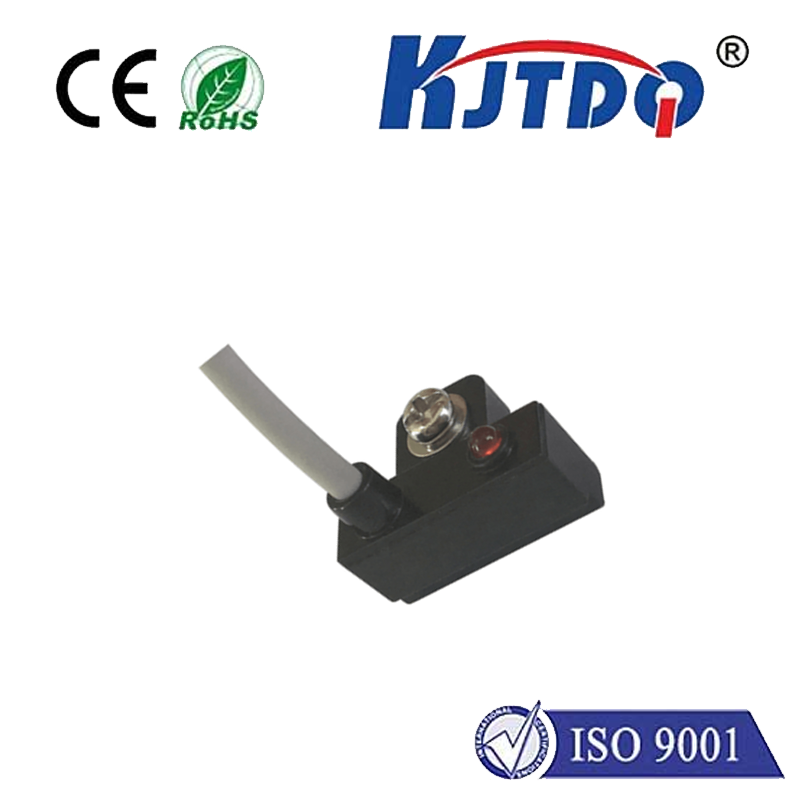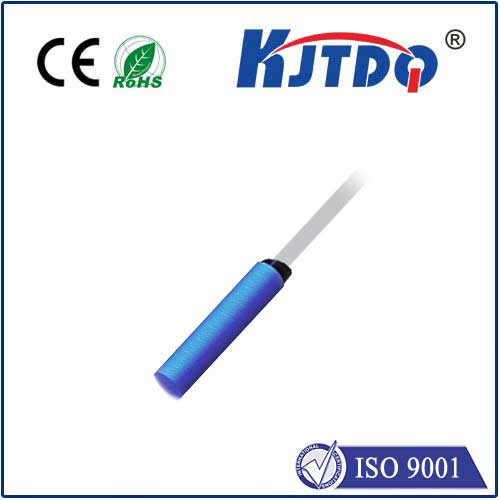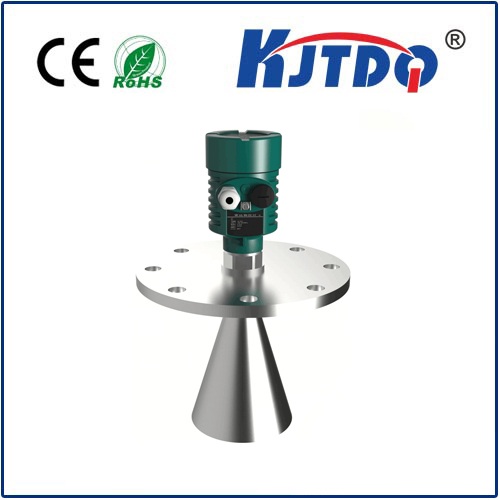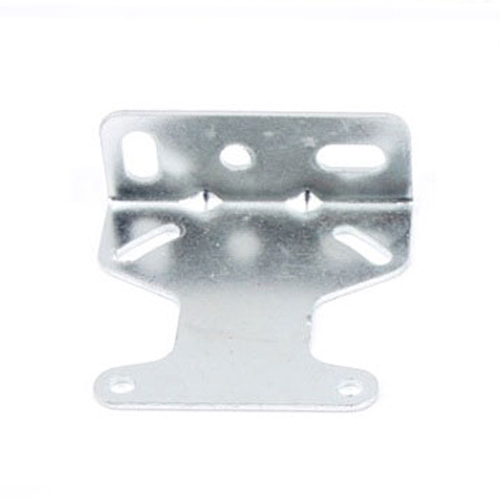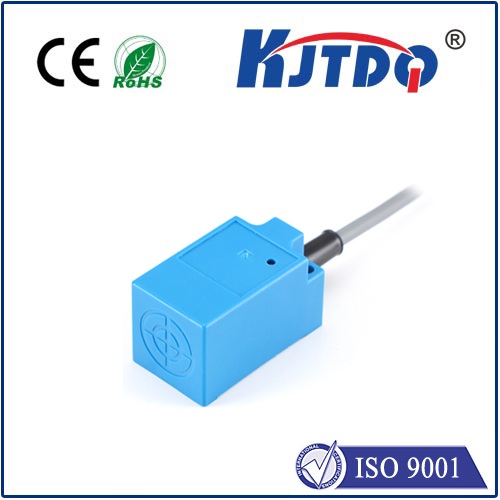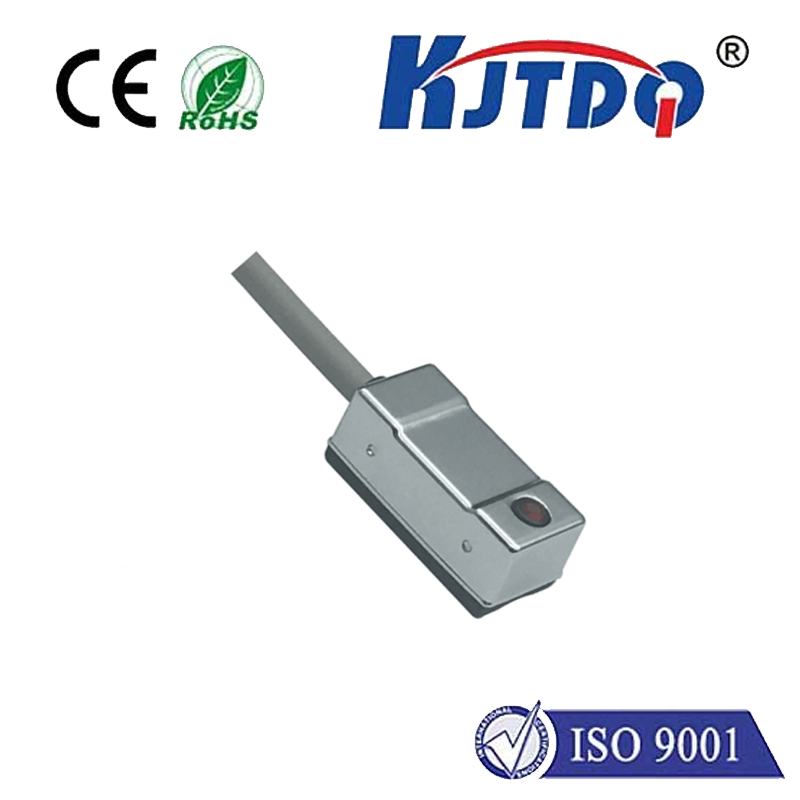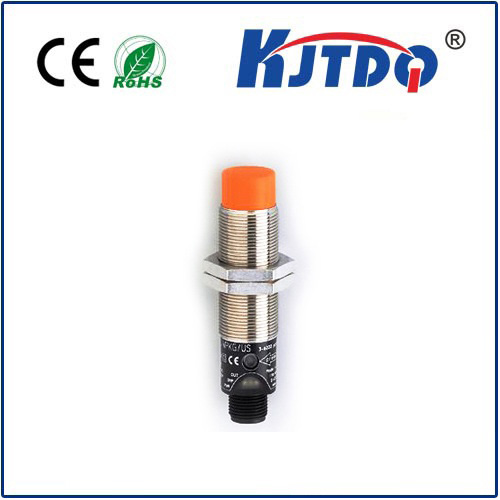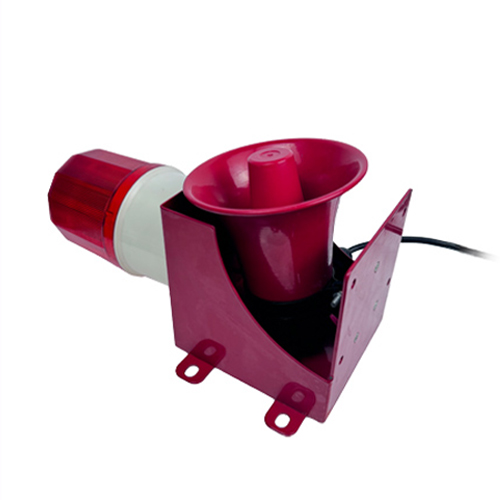E3FA-RP11-F2 2M 24v photoelectric sensor
- time:2025-09-28 05:59:17
- Click:0
E3FA-RP11-F2 2M 24V Photoelectric Sensor: Compact Reliability for Industrial Detection
In the relentless rhythm of industrial automation, reliable object detection isn’t a luxury – it’s the absolute bedrock of efficiency, safety, and quality control. Every misdetected part, inaccurate count, or jammed conveyor represents costly downtime. Enter the unsung heroes often tucked away on machinery: photoelectric sensors. For numerous applications demanding robust performance in a compact, easy-to-integrate package, the E3FA-RP11-F2 2M 24V photoelectric sensor stands out as a versatile and dependable solution. This diffuse reflective sensor, part of Omron’s respected E3FA series, brings simplicity and effectiveness to a wide array of detection tasks.
Demystifying the Model: What E3FA-RP11-F2 2M 24V Means
Breaking down this specific model reveals its core characteristics:
- E3FA: Identifies the sensor series, known for its robust, compact rectangular housing design popular across industrial settings.
- RP11: Specifies the housing variant – in this case, a small, rectangular shape often favored for its space-saving profile.
- F2: Denotes the output configuration. An F2 suffix typically indicates a DC 2-wire configuration with NPN output. This is crucial for wiring integration.
- 2M: Refers to the 2-meter cable length attached to the sensor, providing flexibility in installation positioning relative to the control system.
- 24V: Specifies the operating voltage as 24 V DC, the standard voltage for most industrial control systems, ensuring broad compatibility and safety.
Core Technology: The Simplicity of Diffuse Reflective Sensing

The E3FA-RP11-F2 employs diffuse reflective photoelectric sensing. This straightforward yet effective principle involves a single unit housing both the light emitter (usually an infrared LED) and the receiver. The sensor emits a beam of light. When an object enters the sensing field, this light diffusely reflects off the object’s surface back towards the receiver within the same housing. Detection occurs when the received light intensity crosses a preset threshold. This self-contained design makes diffuse sensors incredibly easy to install and align – no separate reflector unit is required on the opposite side. It’s ideal for detecting objects regardless of their color (though background and surface reflectivity influence the effective sensing range).
Why Choose the E3FA-RP11-F2 2M 24V?
Several key features make this specific sensor model a compelling choice for engineers and maintenance personnel:
- Compact and Robust Design (RP11 Housing): The small rectangular footprint allows installation even in tight spaces where larger sensors wouldn’t fit. Despite its size, it’s built to withstand typical industrial challenges like vibration and incidental impacts.
- Standard 24V DC Operation: Seamlessly integrates into the vast majority of industrial control panels, PLCs, and machinery powered by 24V DC systems, eliminating the need for additional voltage converters or specialized power supplies. Its wide voltage range tolerance (often 10-30V DC) accommodates minor fluctuations.
- Simplified Wiring (2-Wire NPN): The 2-wire NPN output configuration significantly reduces installation complexity. It connects like a simple switch in series with the load (e.g., a PLC input), requiring just a positive supply wire and a load wire. This simplicity saves time and reduces potential wiring errors. NPN output (sinking) means the sensor switches the negative (0V) line to the load when active.
- Integrated 2M Cable: The factory-attached 2-meter cable provides ample reach for many applications, offering flexibility in sensor placement relative to junction boxes or controllers. Pre-terminated cables also enhance reliability compared to field-terminated versions. For longer runs, extension cables are typically an option.
- Practical Sensing Range: With a nominal sensing distance of up to 300mm (though this varies based on object color, size, and surface), it’s well-suited for numerous medium-range detection tasks common on conveyors, in packaging machines, for part presence verification, and level detection in bins or hoppers.
- Quick and Easy Alignment: Many E3FA models, including variants like this, feature easy-to-read red and green operation indicators (LEDs). The red LED shows power and stability, while the green LED lights upon detection, making setup and troubleshooting significantly faster. Some models may have a potentiometer or stability indicator for fine-tuning sensitivity.
- Reliability and Durability: Built to industrial standards, these sensors offer consistent performance and long service life, minimizing maintenance needs and unexpected failures that disrupt production.
Typical Applications Where the E3FA-RP11-F2 Excels
The combination of diffuse reflective sensing, compact size, 24V operation, and 2-wire simplicity makes this photoelectric sensor incredibly versatile:
- Part Presence/Absence Detection: Verifying components are present on an assembly line, in a fixture, or at a specific process point.
- Object Counting: Accurately tallying products, packages, or components passing a point on a conveyor.
- Conveyor Jam Detection: Monitoring gaps between products to identify backups or missing items.
- Small Part Detection: Identifying small components, labels, or tabs where proximity sensors might not be suitable.
- Level Detection: Monitoring fill levels in bins, chutes, or hoppers for bulk materials or small parts (with appropriate positioning).
- Door/Gate Monitoring: Detecting the open or closed state of enclosures, safety guards, or access panels.
- Machine Tooling: Confirming part positioning within machining centers or automation cells.
Installation and Operation Tips
- Background Considerations: Since diffuse sensors rely on light reflection, the background behind the target object is critical. A highly reflective or dark background very close to the intended sensing point can interfere. Ensure the background is beyond the sensor’s minimum background suppression distance or significantly less reflective than the target.
- Target Surface: Glossy, light-colored objects reflect light well and are detected at the sensor’s maximum range. Matte, dark, or black objects absorb light, significantly reducing the effective sensing distance. Testing with actual targets is recommended.
- Sensor Angle: Mount the sensor perpendicular to the target surface for optimal reflection and maximum range. Angle deviations reduce sensitivity.
- Alignment Indicators: Utilize the built-in operation indicator LEDs during alignment. The green detection LED provides immediate feedback when the target is correctly positioned within the beam.
For countless applications demanding a simple, reliable, and easy-to-integrate solution for detecting the presence or absence of objects, the E3FA-RP11-F2 2M 24V photoelectric sensor delivers proven performance. Its compact RP11 housing, standard 24V DC power requirement, convenient 2-wire NPN connection, and practical sensing capability make it a fundamental, cost-effective building block in diverse industrial automation scenarios. When consistent detection without complex setup is paramount, this sensor model offers a compelling blend of reliability and simplicity.






